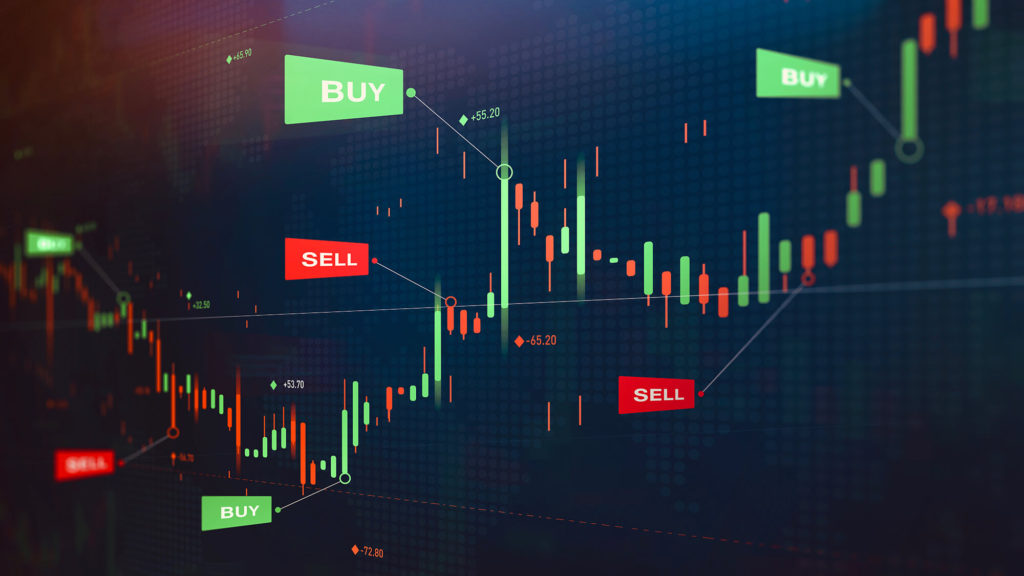Essential Trading Terms You Should Know

Trading can be overwhelming, especially for beginners. There’s so much to learn about the financial markets and the ways they operate in that the amount of information can leave you feeling confused. If you’re new to trading, keep in mind that even the most successful traders had to start somewhere.
To help you get started, we’ve come up with a list of essential terms all traders, both beginner and experienced, should know. Note that some of these terms were combined into pairs — they are either opposites or tend to be mentioned together, so pairing them up makes it easier to see their role in trading.
Bid and ask
For a trade to take place there must be a buyer and a seller. Simply put, ask represents the lowest price a seller is willing to sell for, while bid is the minimum price a buyer is willing to buy for. The difference between the two prices is called spread. Most brokers charge a spread when you buy/sell from them.
Trends
Generally speaking, a trend is the direction of the asset price movement. When the asset price is growing, the trend is said to be positive or bullish. When the opposite is true and the asset price depreciates, the trend is said to be negative or bearish. Similarly, a bullish market is the one where prices are going up. A bearish market is the one where prices are going down.
Support and resistance
Since all market participants are human beings, the psychological aspect of trading is of utmost importance. For almost any asset there exist particular psychological price levels where the price is most likely to reverse. For positive trends suchlike levels are called the resistance. For negative trends — the support.
Traders keep an eye on support and resistance levels to find potential entry and exit points. When a price reaches a support or resistance level, it will either back away from this level or break through the level and continue moving in the same direction.
Indicators
Indicators are technical analysis tools that can help you analyze the behavior of the asset. They are oftentimes used to pinpoint optimal entry and exit points. There are several types of indicators measuring different factors, such as trend direction and strength, momentum, volatility, and volume. It is usually recommended to combine 2 or 3 indicators instead of using them separately. It is worth mentioning that no indicator can be 100% accurate and it is up to traders to analyze the information themselves and make decisions accordingly.
Volatility
Volatility is a measure of how much and how often the price changes. If an asset is called highly volatile, it means the price is constantly fluctuating. On the one hand, high volatility allows traders to trade spikes and dips. On the other hand, price movement may be unpredictable, meaning there is always the risk of losing the trade.
While this list is relatively short, it’s a great place to start. It’s true the trading world is full of complex terms, but taking it one step at a time will increase your knowledge little by little. Did we miss any important terms? Let us know what you would add to this list!